Do you have an opinion on our local creeks? Mount Alexander Shire is looking for responses to its Castlemaine Creekways management plan. The plan is open for consultation till May 8. It can be found online here.
The ‘creekways’ in question are Barkers Creek from the Botanical Gardens to the confluence with Forest Creek; Forest Creek from Colles Road to the confluence; and Campbells Creek from the confluence to Cemetery Road. Council is manager of these stretches of the waterways under licence from the Department of Environment, Land, Water and Planning.
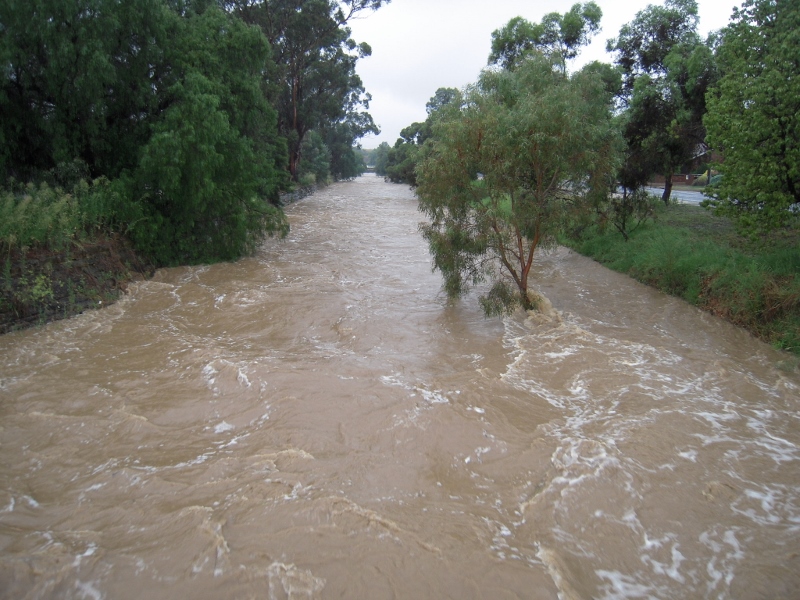
Forest Creek in spate in Castlemaine, 2011: channelisation like this is one way of controlling floodwaters, but it has its disadvantages.
The Plan aims to improve the waterways ecologically via cooperation with the relevant landcare groups and to develop the trail network so as to increase public access. Naturally these aims involve a commitment to manage the risks involved: risk management is named as ‘the foundation of the plan’ and the risks in question are listed as fire, flooding and (interestingly) trees (see post below).
It’s fair to say that in the last ten years the most controversial thing about our creeks has been their tendency to flood in wet years: just type ‘creeks’ and ‘floods’ into the search box above to get a sample of the responses to creek flooding. The current plan canvasses various flood protection options like channelization, drains and levees. All have merits and defects—the main one being that they tend to shift the flood problem downstream. The brute fact is that when more water pours into the catchment than can be held in a waterway, it will flow onto the flood plain: and generations of unwise settlement on flood plains have presented us with most of our current flood management problems.
The Plan sets up the ambitious aim of linking the three creeks ‘into a continuous network to:
–connect the townships of Castlemaine, Chewton and Campbells Creek
–provide safe routes to destinations e.g. schools
–cater for different recreation groups e.g. young, old, and varied fitness/ability levels o enable access to places of interest e.g. the creek confluence o provide and showcase links to history – social/cultural/geological
–encourage active community stewardship.’
How all this is to be achieved is not specified.
You can provide a written submission entitled Castlemaine Urban Creekways Management Plan submission by:
Email: info@mountalexander.vic.gov.au
Post: Mount Alexander Shire, PO Box 185, Castlemaine Vic 3450
In person: Civic Centre, Corner Lyttleton Street and Lloyd Street, Castlemaine.

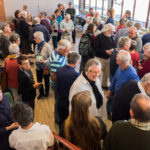


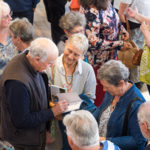
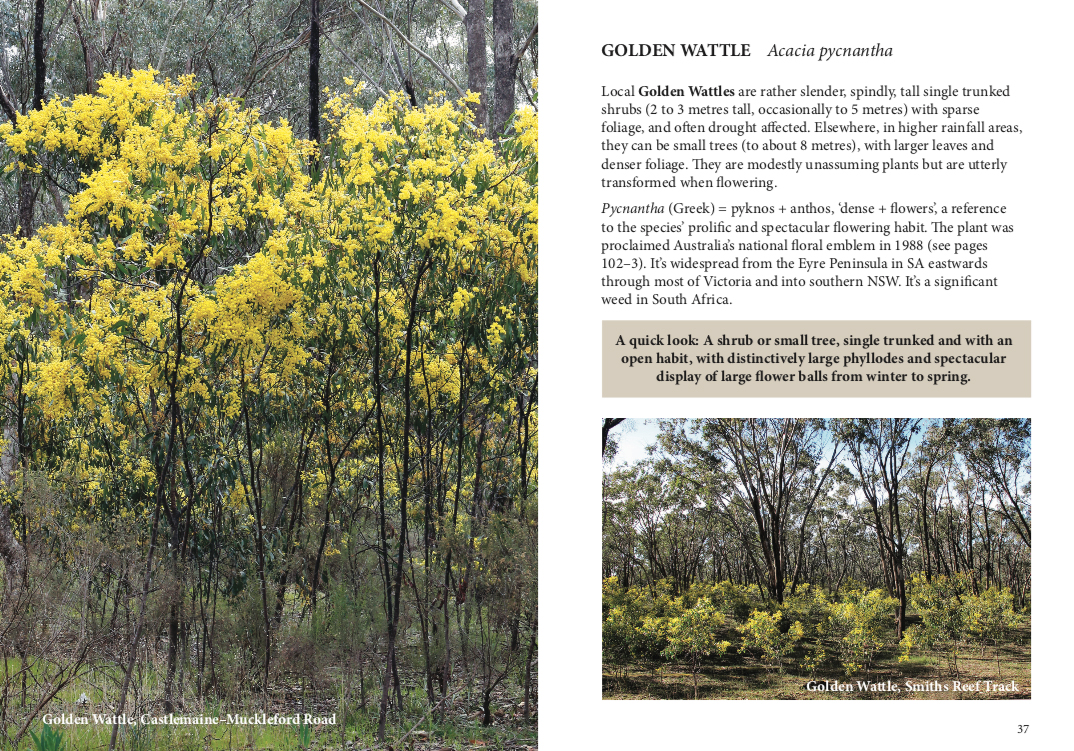
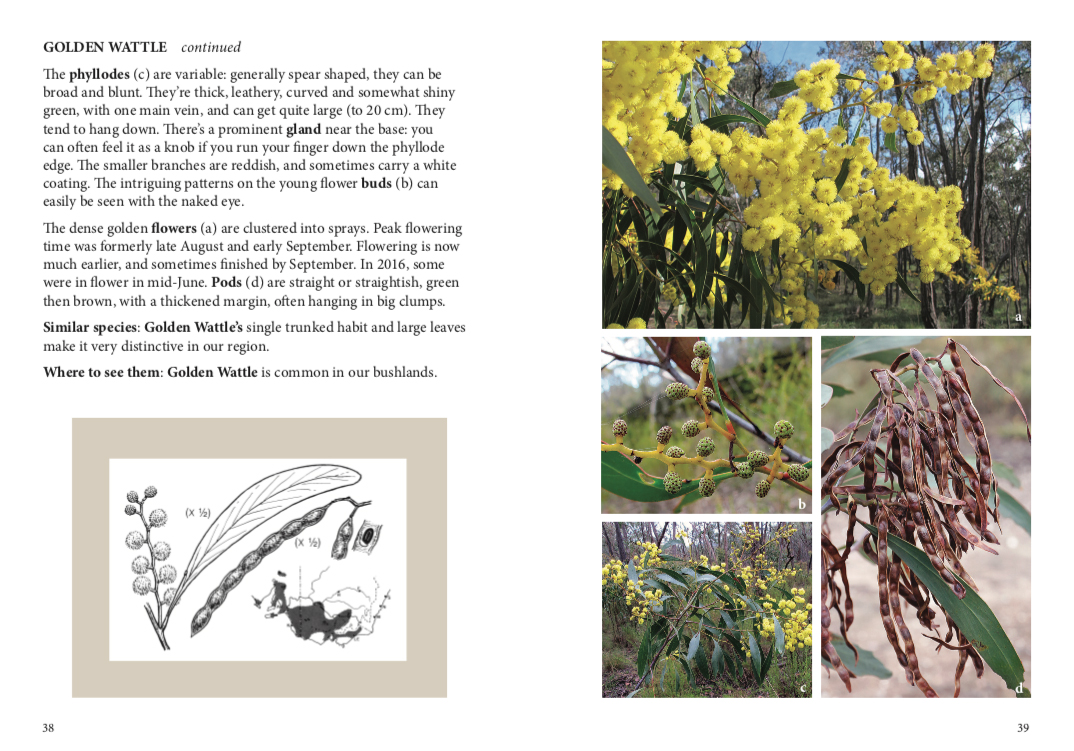
 Acacia, known in Australia as wattle, is the largest genus of plants in the country — nearly 1000 species! Its brilliant flowers transform winter and spring landscapes. Our sporting teams wear its green and gold colours. Sprigs of wattle flowers adorn our patriotic events. The Golden Wattle is our national floral emblem …
Acacia, known in Australia as wattle, is the largest genus of plants in the country — nearly 1000 species! Its brilliant flowers transform winter and spring landscapes. Our sporting teams wear its green and gold colours. Sprigs of wattle flowers adorn our patriotic events. The Golden Wattle is our national floral emblem …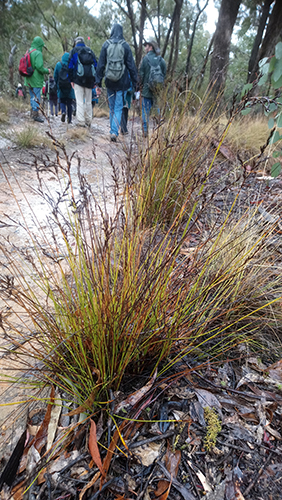
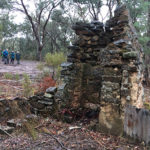
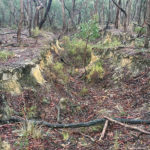
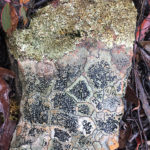
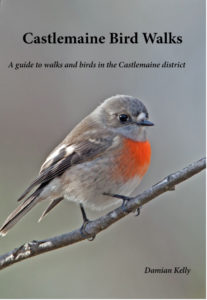 Ever wanted to go on a walk in our local bush with plenty of birds to observe along the way? Damian Kelly’s new publication, Castlemaine bird walks: a guide to walks and birds in the Castlemaine district, will give you lots of ideas about where to go.
Ever wanted to go on a walk in our local bush with plenty of birds to observe along the way? Damian Kelly’s new publication, Castlemaine bird walks: a guide to walks and birds in the Castlemaine district, will give you lots of ideas about where to go.
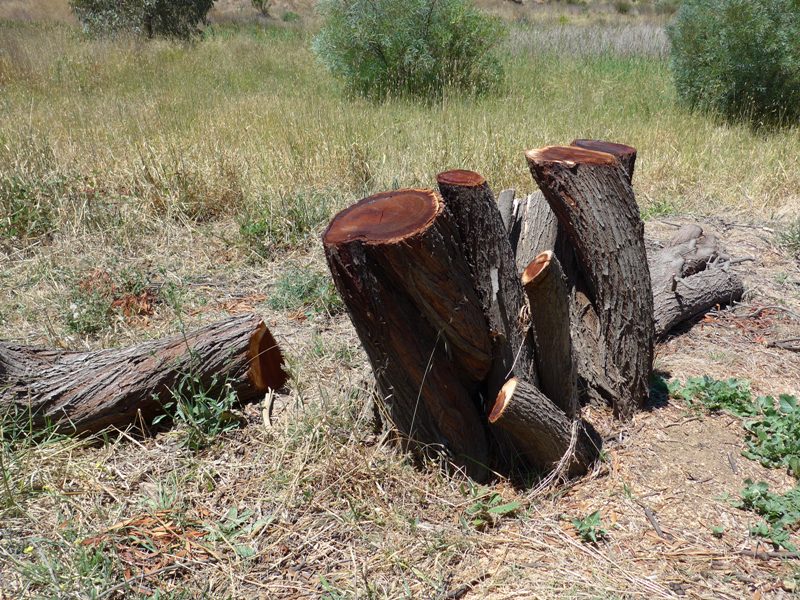
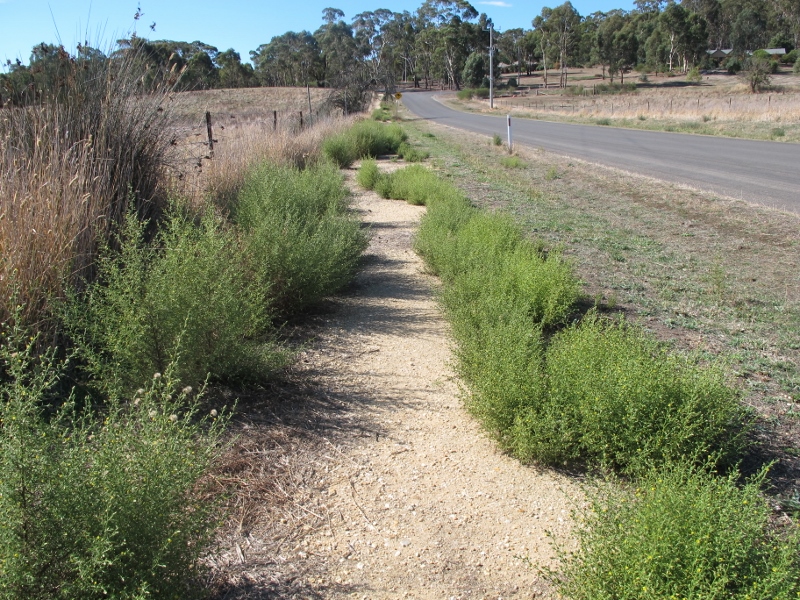
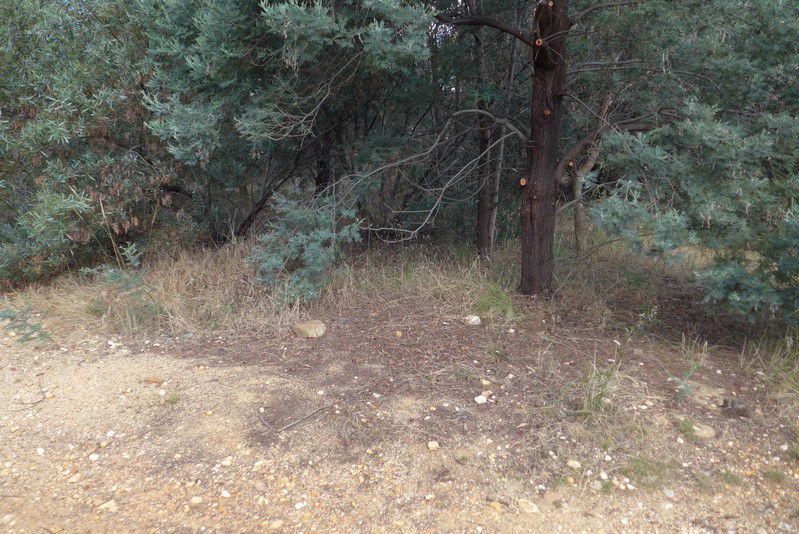
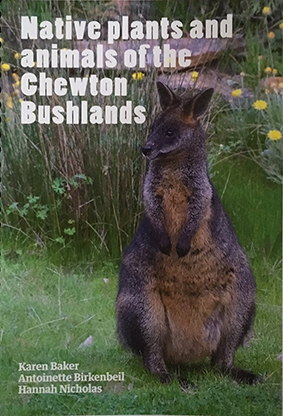 A new publication, Native plants and animals of the Chewton Bushlands, was launched on 17 March in the Tea Rooms of the Botanic Gardens. The authors are Karen Baker, Antoinette Birkenbeil and Hannah Nichols. Ian Higgins launched the guide with a speech that drew on his in-depth knowledge and experience with local regeneration and revegetation. Over 40 people attended the event.
A new publication, Native plants and animals of the Chewton Bushlands, was launched on 17 March in the Tea Rooms of the Botanic Gardens. The authors are Karen Baker, Antoinette Birkenbeil and Hannah Nichols. Ian Higgins launched the guide with a speech that drew on his in-depth knowledge and experience with local regeneration and revegetation. Over 40 people attended the event. 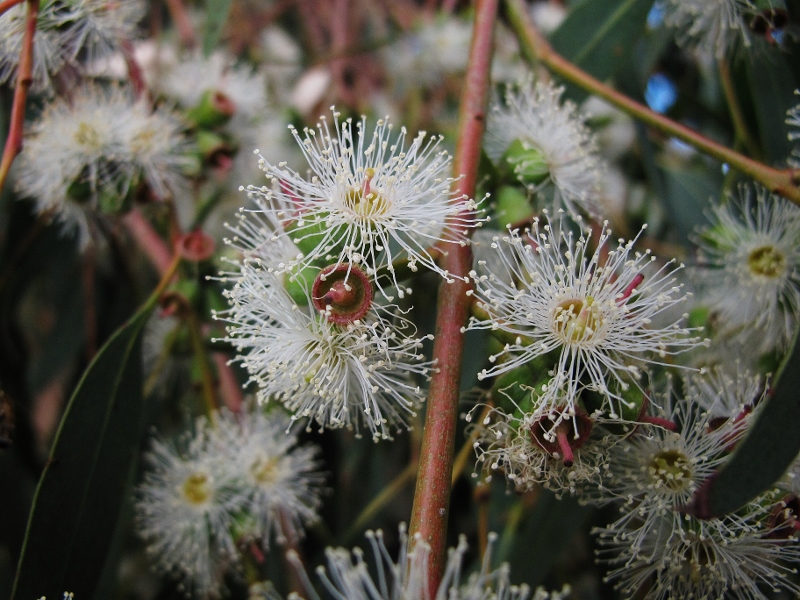
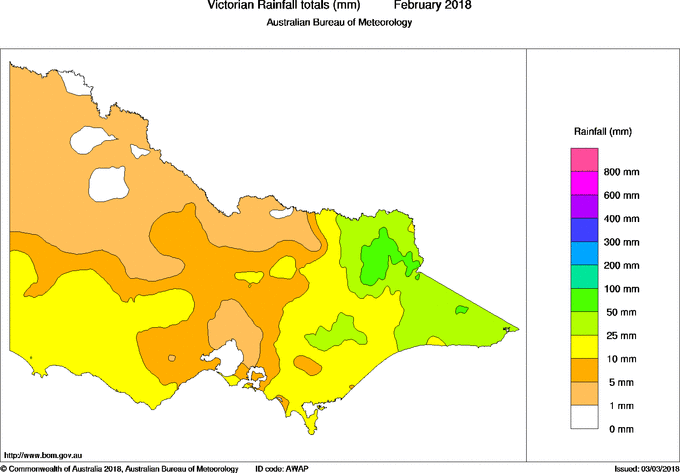



 Click on image for info/order page
Click on image for info/order page Click on image for info/order page
Click on image for info/order page




















